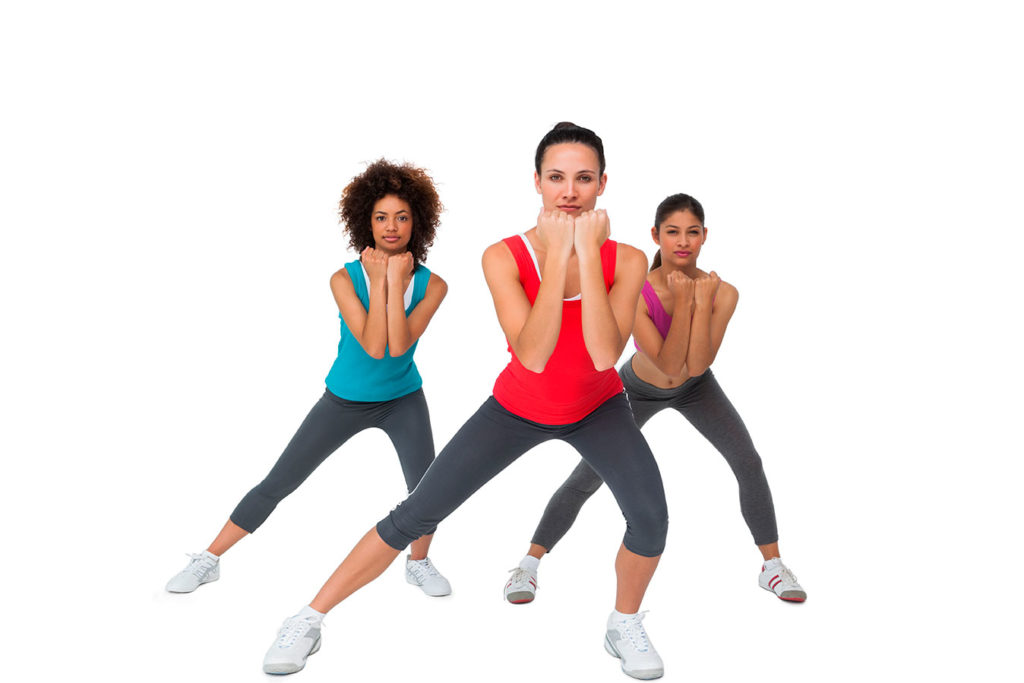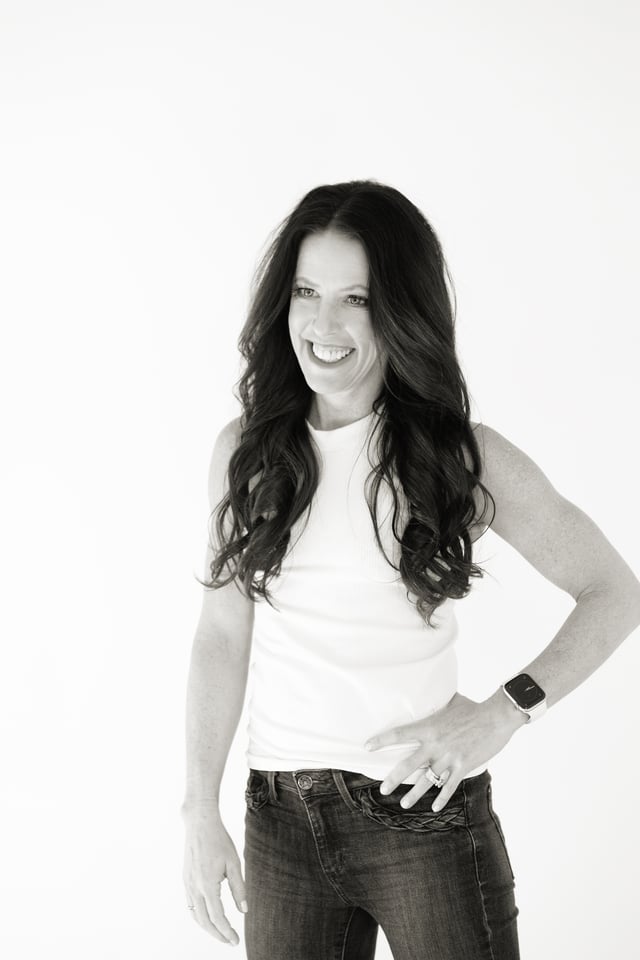Pleaser, Queen Bee, Sidekick: Handling Class Cliques

High school may have felt like the toughest time in your life. Navigating the social cliques was mentally draining and often confusing. After graduation, you hoped all that was behind you; however, fast-forward to modern-day group fitness studios and you may find yourself reliving some of your worst nightmares.
While the drama may not be as intense, there are still situations that require delicate handling. We’ll dissect a few personality archetypes and uncover tools to help you cope. Each type requires subtle differences in your teaching approach. Your goals are to enhance the relationships you have with these amazing people—each with a unique life story—and learn to work better with a diverse group. Note: This article focuses on female dynamics, as portrayed in the movie Mean Girls (2004) and Rosalind Wiseman’s nonfiction book Queen Bees and Wannabes (Three Rivers 2003). The intention is not to exclude men, who may exhibit similar patterns.
Cliques and Groups
Mean Girls is about a group of high-school girls navigating the complicated landscape of popularity and the resulting daily angst. The movie was based (in part) on Wiseman’s book, which looks at female high-school social cliques and the damaging effects they can have on young girls.
Here’s how Wiseman breaks down the typical roles girls assume within cliques:
Queen Bee (QB). The QB is charismatic, forceful, pretty and manipulative. She is popular, exudes power and is the center of attention.
Sidekick. She is second in command and closest to the QB. Her power is tied up in this relationship. The good news: When separated from the QB, she can change her behavior for the better!
Banker. This archetype creates chaos by keeping track of the “dirt.” She gains trust by dishing the details, but then uses the gained intelligence for her own benefit when the time is right. She’s hard to detect because she’s quiet, yet strategic, and almost never the subject of group quarrels.
Floater. This is the one who associates with more than one group. She is respected because she doesn’t rule by meanness, and, if needed, she will stand up to the QB.
Torn bystander. She is conflicted and constantly torn between doing the right thing and being loyal to the group. She’s often in the middle of conflict because she apologizes for the behavior of the QB and sidekick. However, she knows they’re wrong.
Pleaser/Wannabe/Messenger. Sometimes this archetype is part of the group and, other times, she’s on the outside trying to get in. She will do anything to gain acceptance from the QB and sidekick, and her motivation is to please others. Unfortunately, she sometimes gets tricked into doing the dirty work.
Target. The target is the victim and is made fun of, excluded and teased. There are upsides to being the target—she learns empathy and understanding for the underdog, and as she gets through to the other side, she gains objectivity. Unfortunately, the rejection often makes her feel helpless and ashamed.
Do these roles sound familiar? It’s important to realize we all played one (or more) of these, whether we knew it or not. We certainly carry the lessons learned with us. Now, these Queen Bees and Wannabes are in your classes! Some of them may feel as if they were back in the high-school cafeteria looking for a place to sit when they walk into the studio.
How different would your interactions with members be if you understood that stepping into a group fitness class might bring back these memories? That the interaction could fire up roles played in high school or send people scrambling for a “do-over”? How might you change your teaching style if you realized you had the potential to slip into one of these roles yourself? While you can’t please everyone all the time, you can be more aware of what’s happening sociologically in your classes.
To begin, take a look at the archetypes described above and ask yourself these questions:
- Which role did I play?
- What lessons did I learn?
- How would I have changed things if I could?
- How might my past be affecting me now?
Awareness is the first step in changing the way you deal with more difficult members. It may also steer you toward teaching different class formats, in other time slots or at new facilities. Now, let’s take a look at how your unique perspective complements or clashes with the roles participants play in your classes.
For more information, please see “How to Deal With Class Cliques” in the online IDEA Library or in the May 2015 issue of IDEA Fitness Journal. If you cannot access the full article and would like to, please contact the IDEA Inspired Service Team at (800) 999-4332, ext. 7
Shannon Fable
Shannon Fable is a sought-after speaker, author and thought leader in the area of fitness business development and strategic innovation. She has spent more than two decades helping impressive brands such as Anytime Fitness, ACE, FIT4MOM® and BOSU® with business and program development. Fable served as chair of the ACE Board of Directors and is the co-founder of GroupEx PRO®, a cloud-based group fitness management tool that she successfully sold to Daxko in 2019. As a certified Book Yourself Solid® business coach, she helps fitness professionals navigate the industry to build scalable and sustainable careers.






